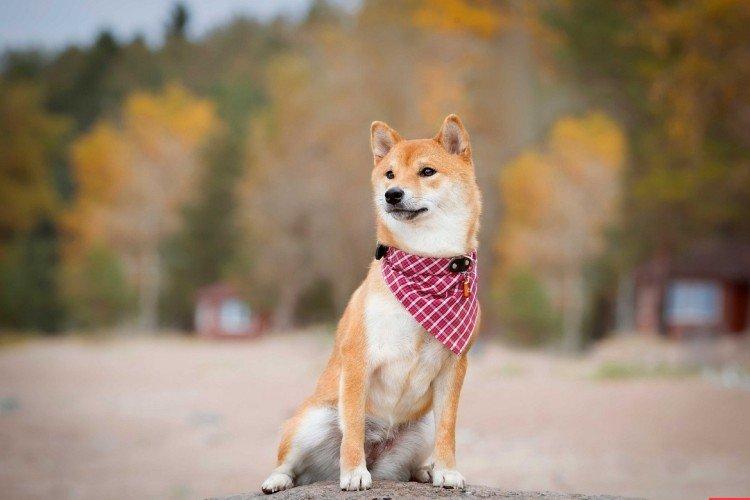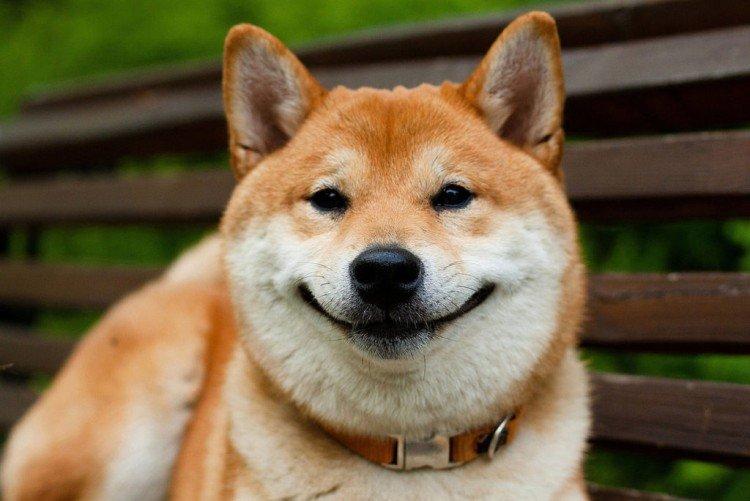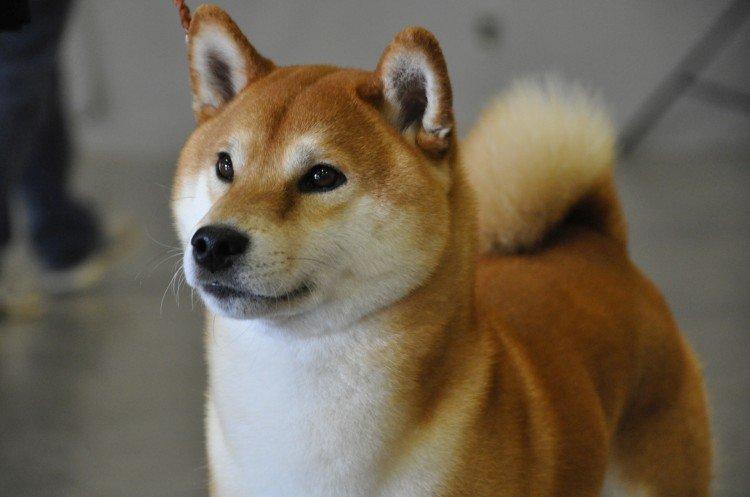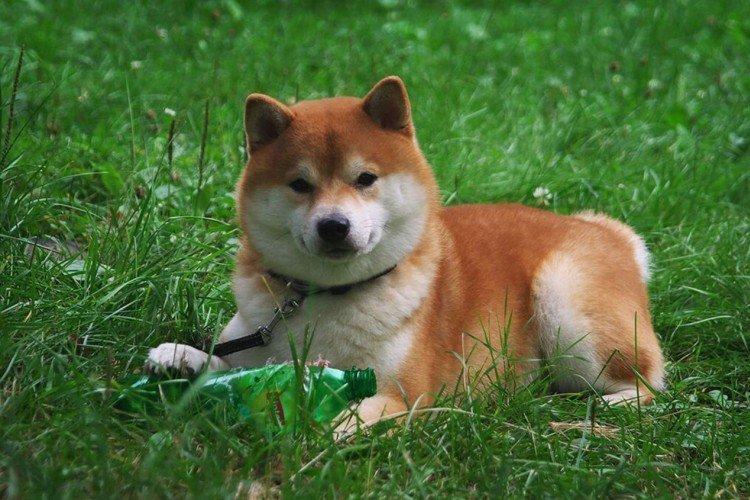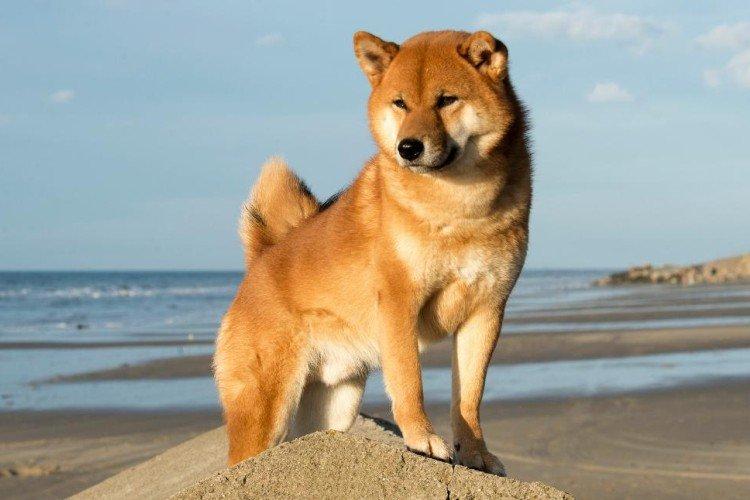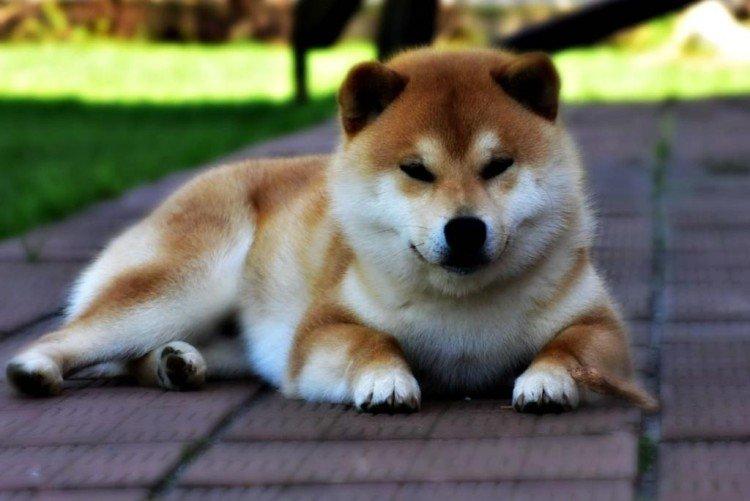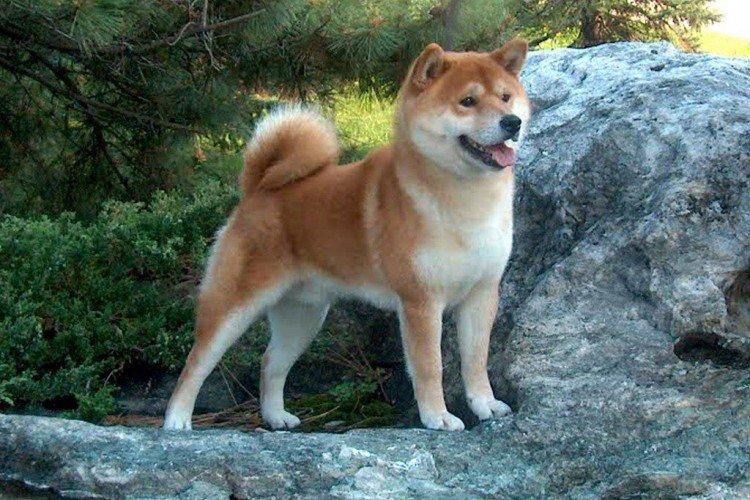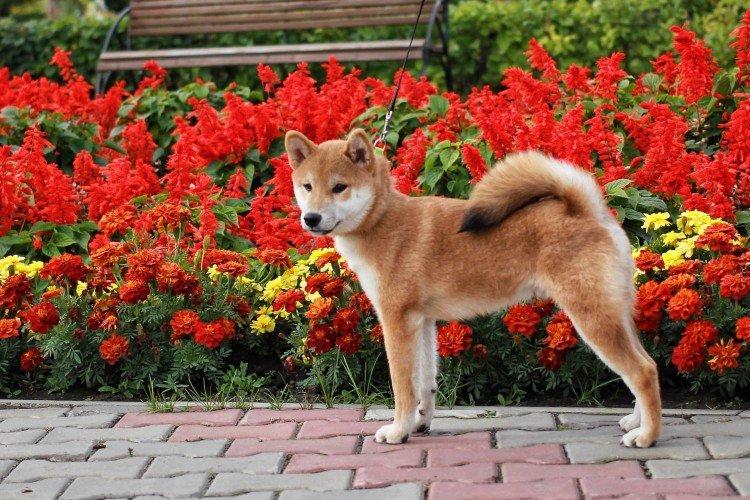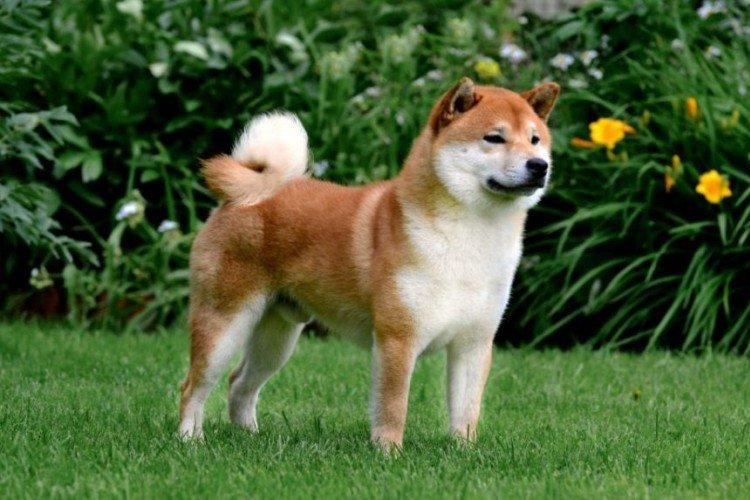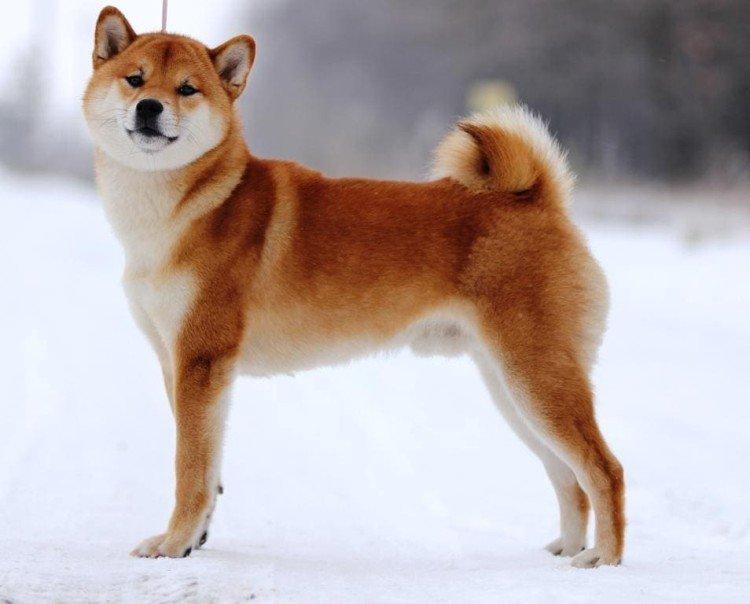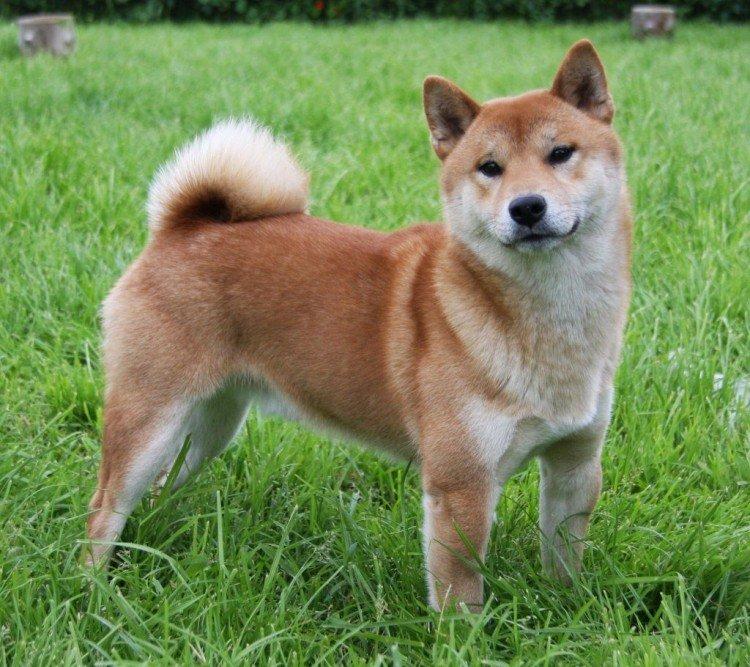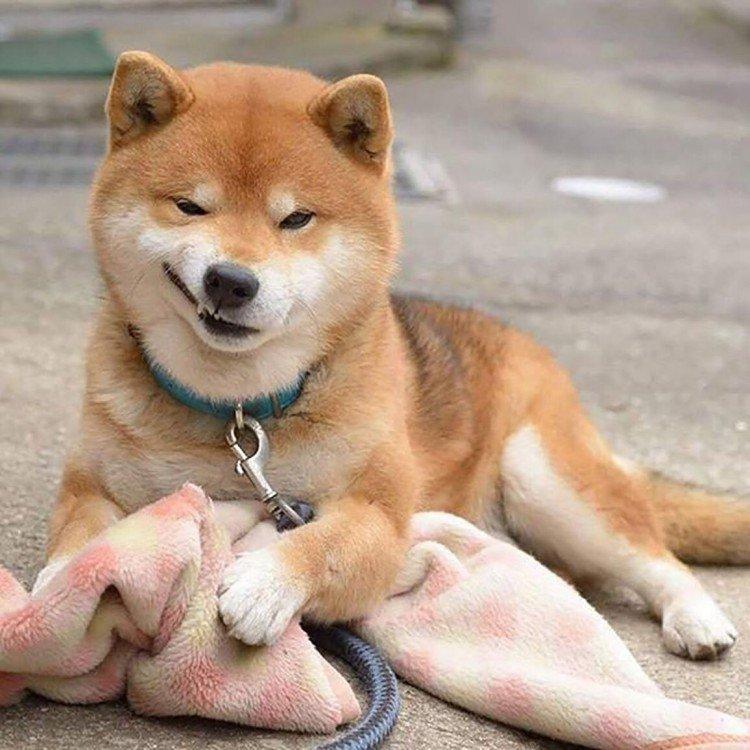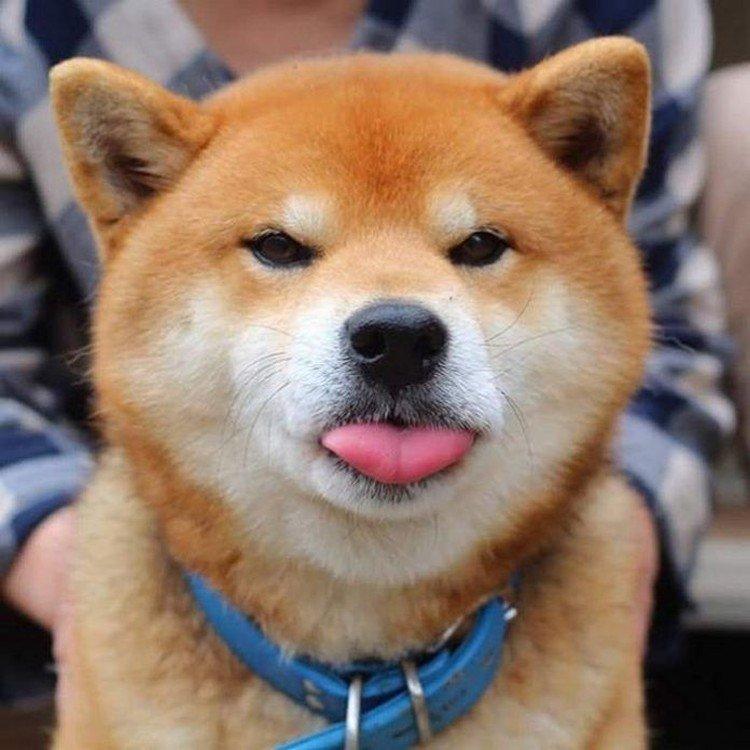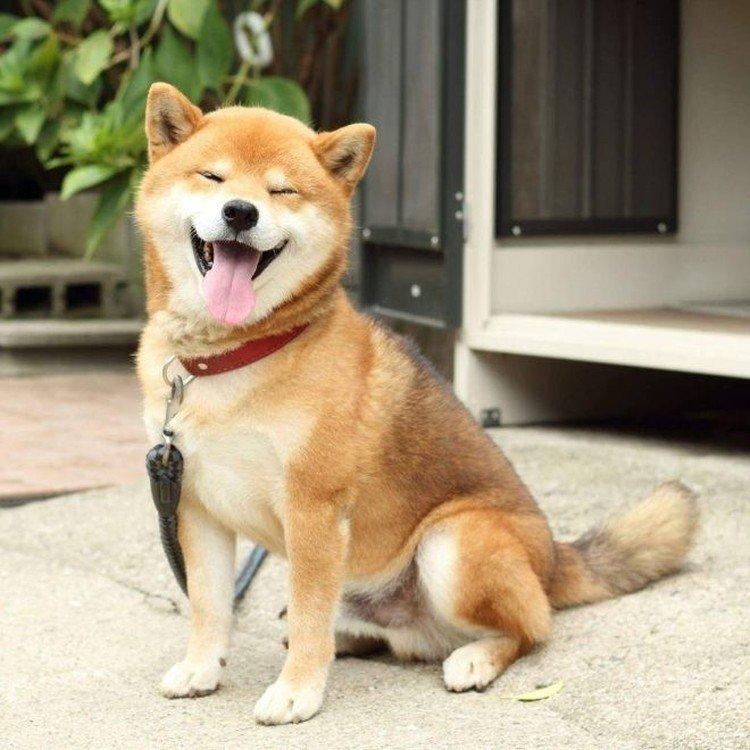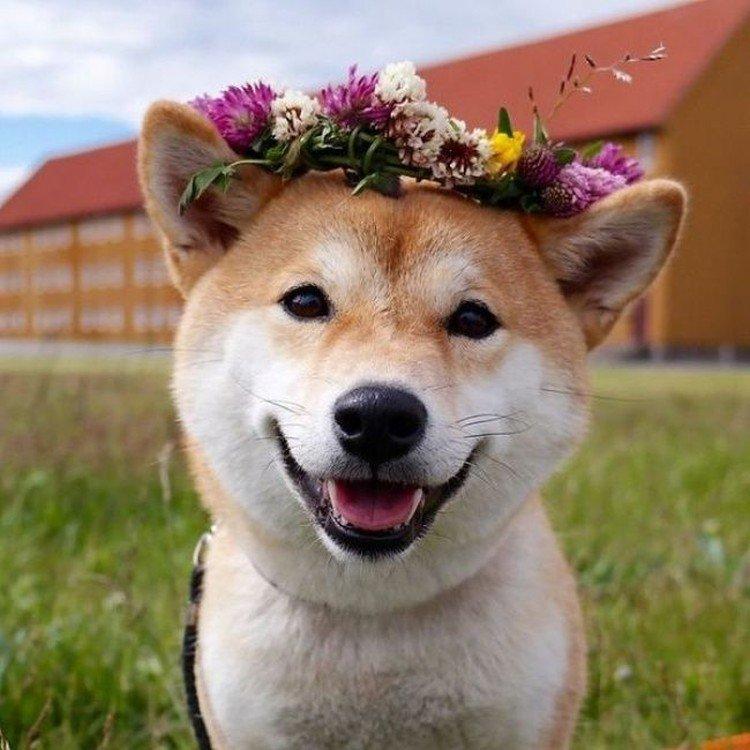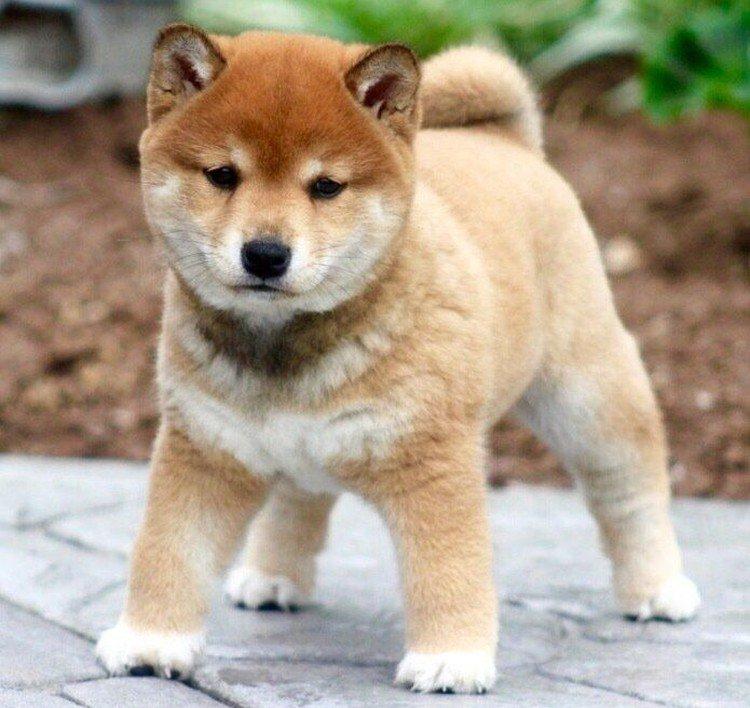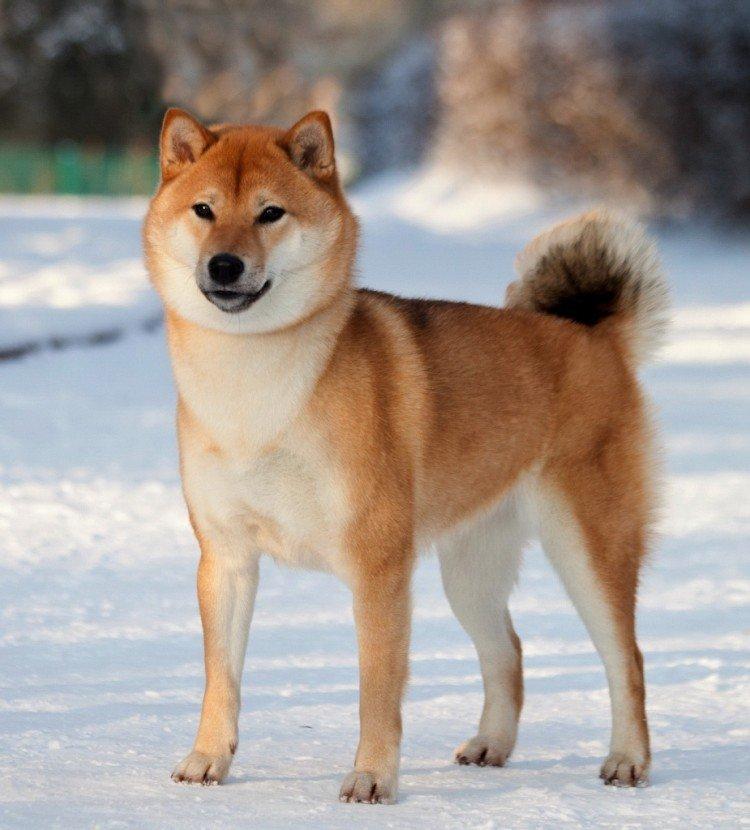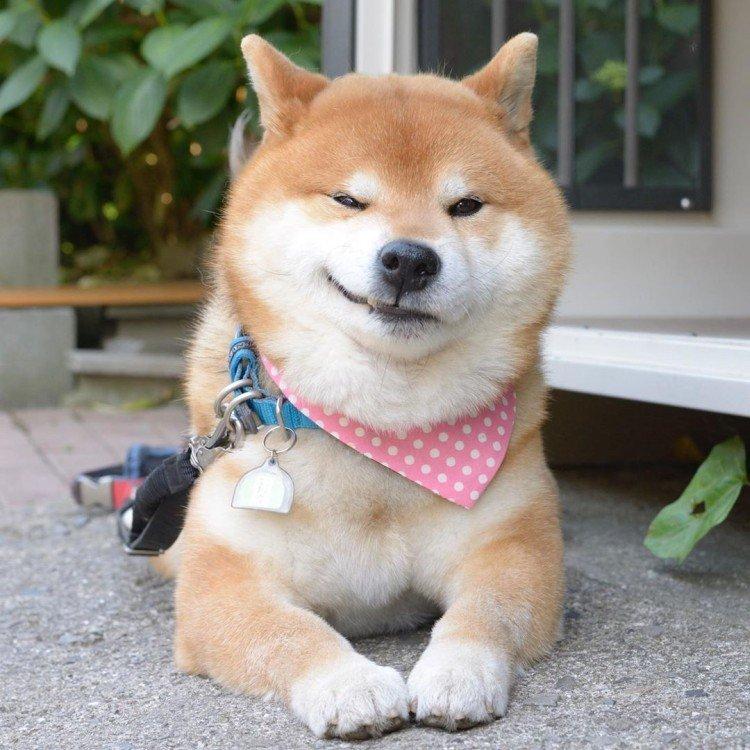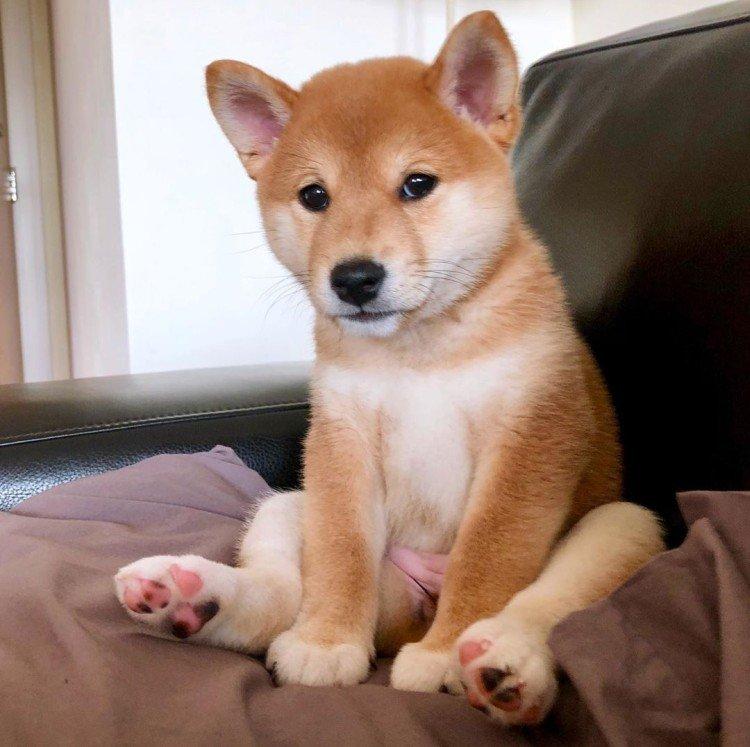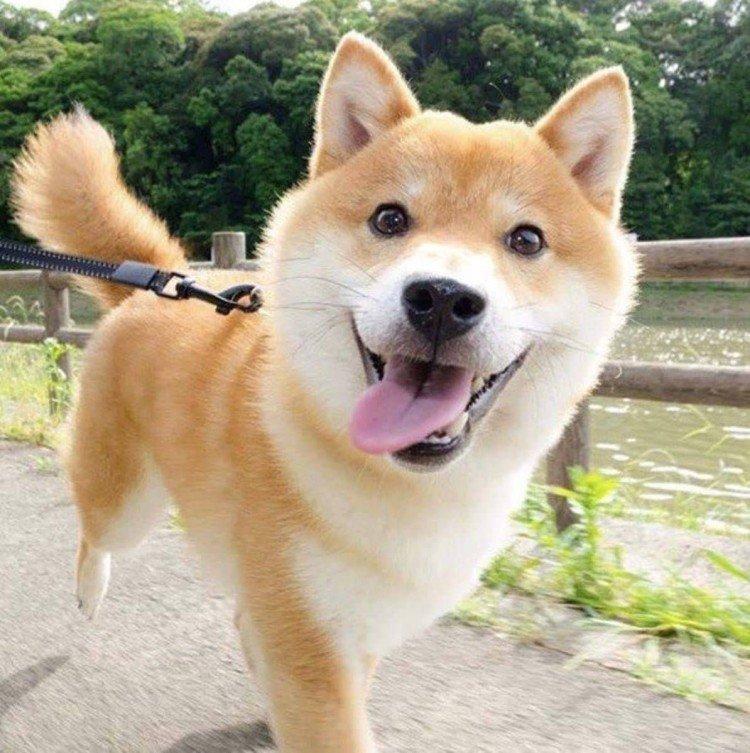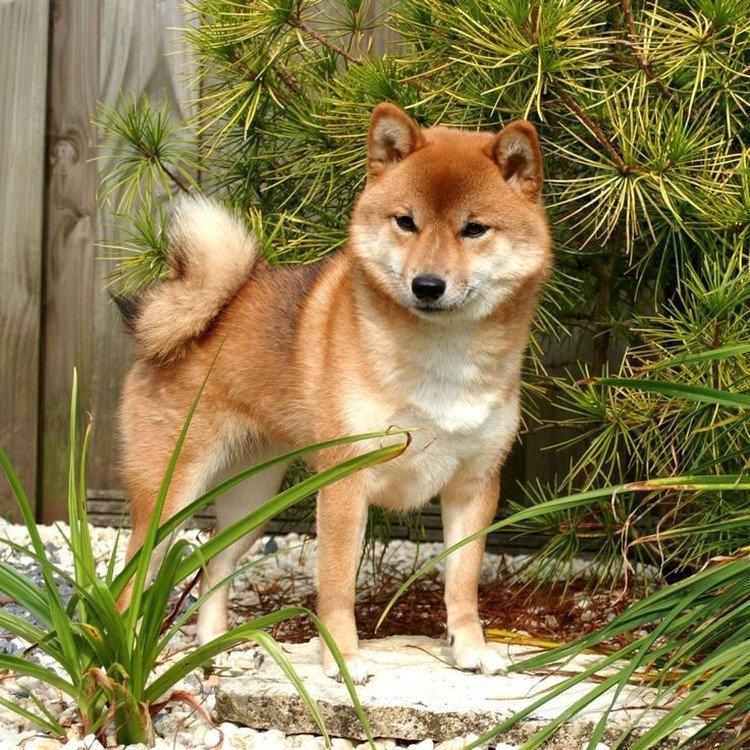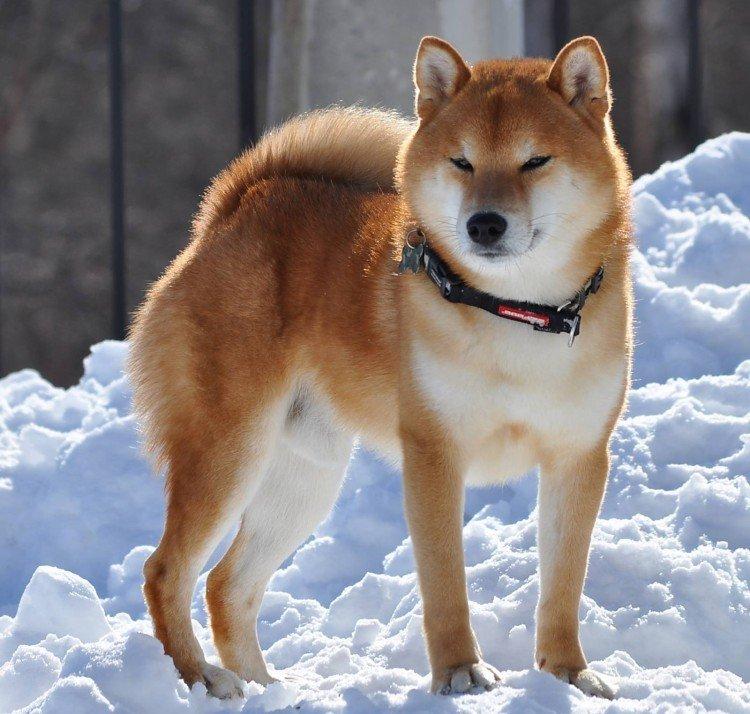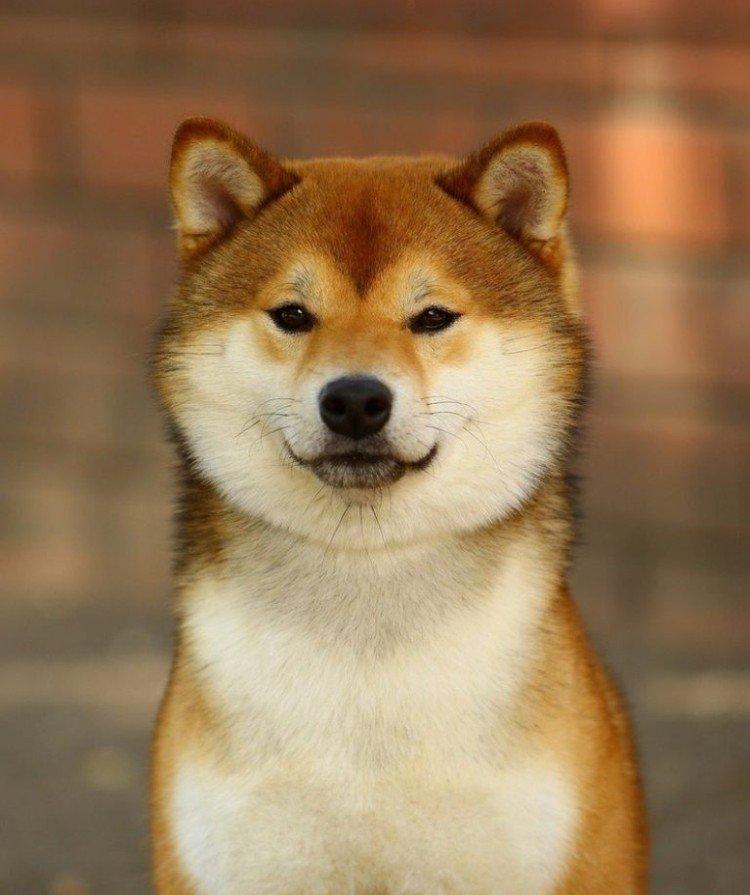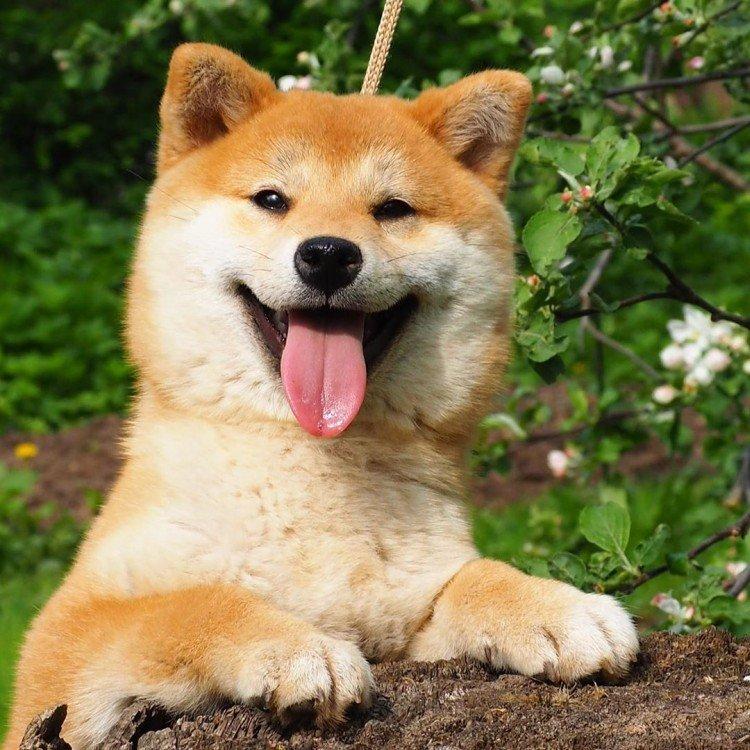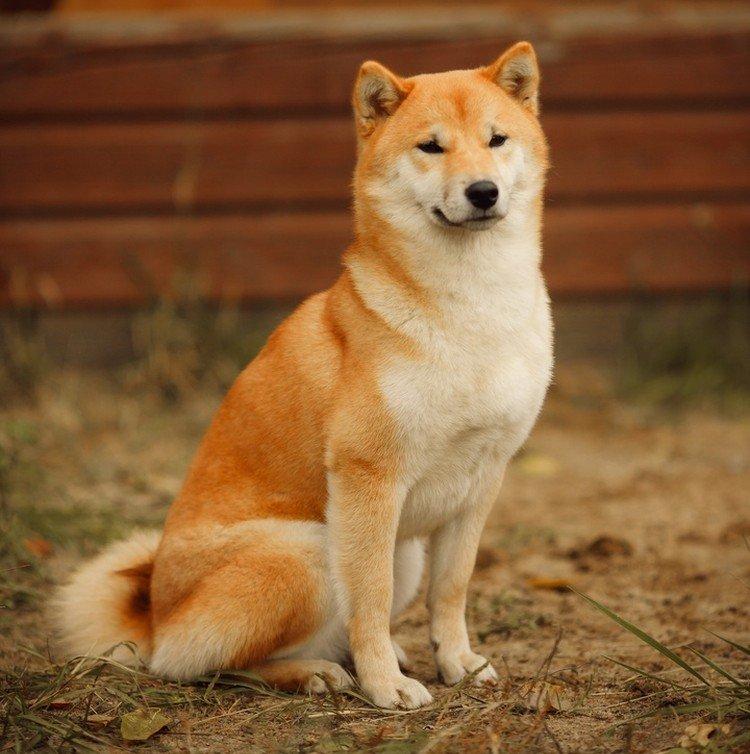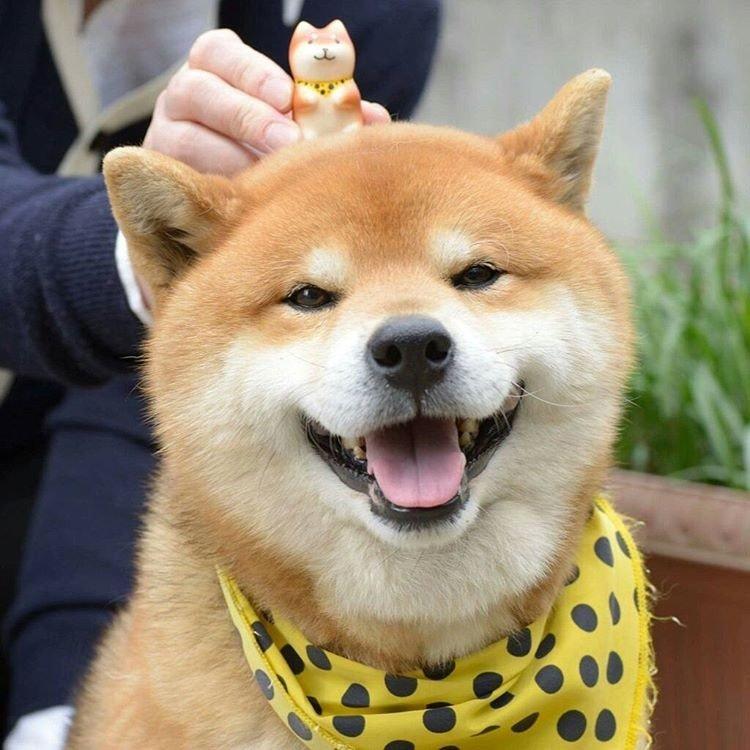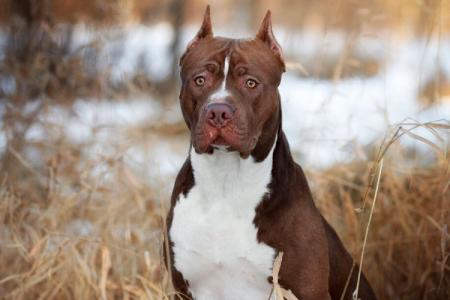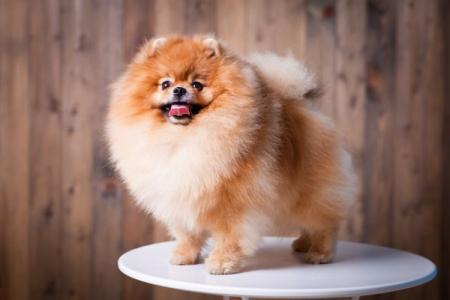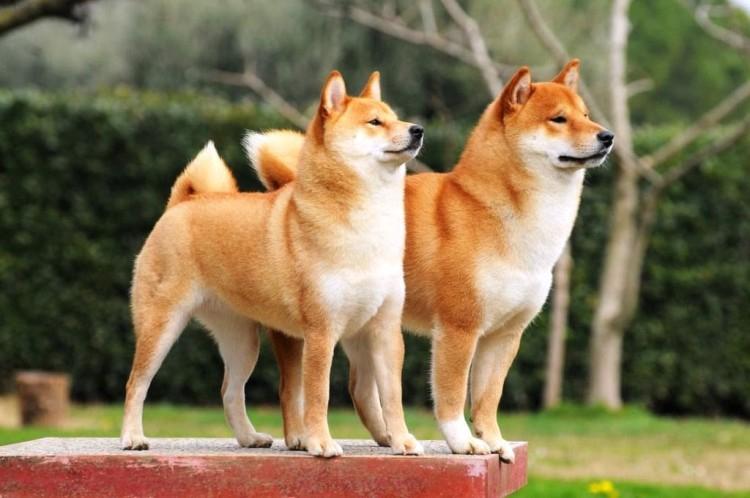
Such expressive facial expressions, like those of a charming Shiba Inu, still need to be looked for. Here she smiles, here she is cunning, but here she seems to be offended. How do you figure out what this plush dog breed really needs? We will tell you about this now!
General description of the breed
Shiba Inu refers to Spitz and, in fact, is a miniature Akita. The breed is recognized as a national Japanese treasure and is protected by a canine organization. The name itself literally translates as "small" or "dwarf". The life span of a Shiba Inu is about 12-15 years.
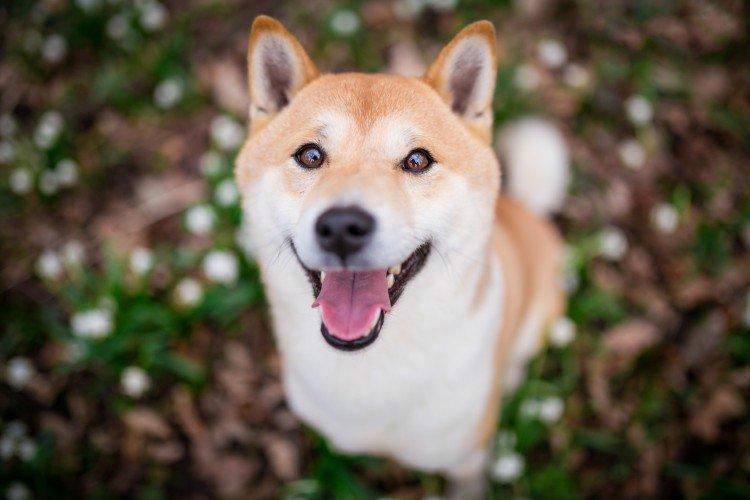
Origin story
Shiba Inu babies were bred on the island of Honshu in Japan, and the breed belongs to the original Japanese. Its direct ancestors are ancient bird and big game hunters who were used in villages. Evidence and images have survived that date back to the 2nd millennium BC.
In the 19th century, the Shibu was actively crossed with various European breeds, which is why purebred dogs were threatened with extinction. So in 1928, the Nippo organization appeared, which now protects native breeds, including the Shibu Inu and Akita.
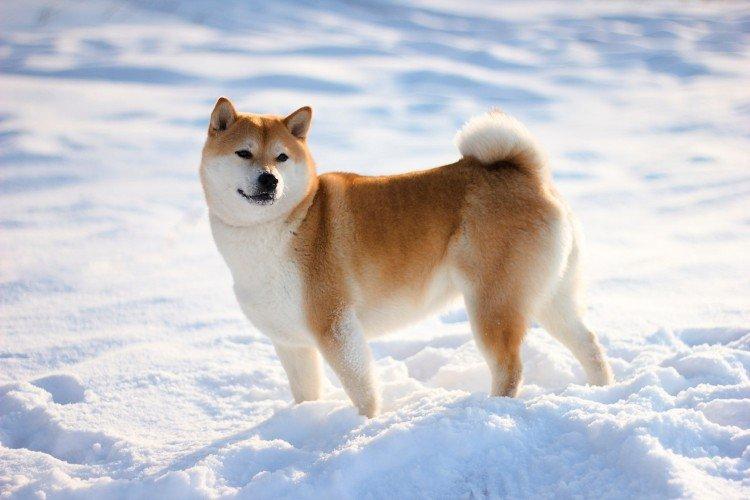
Shiba Inu: breed standard
Shiba Inu are notable for their cunning, slightly fox-like expression on their faces. They have triangular and slightly sloping ears, a black nose, and dark brown eyes with raised corners. The body is toned, muscular and well-proportioned, with a beautiful posture and a straight back.
The shiba has rather powerful legs with developed joints and springy pads. Due to this, the gait is smooth, but strong and confident. The thick tail is evenly covered with hair and wrapped in a ringlet. The weight of the Shiba Inu is up to 13 kg, and the height at the withers is up to 41 cm. For comparison, an adult Akita weighs up to 50 kg.
The thick, harsh coat with a soft undercoat seems plush. The most common color is red, but there are black and the so-called zone Shiba. In the latter, each hair is dyed in two colors - black and white or black and red. A light pattern must pass through the body from the cheekbones and chin to the abdomen, the inner parts of the legs and tail.
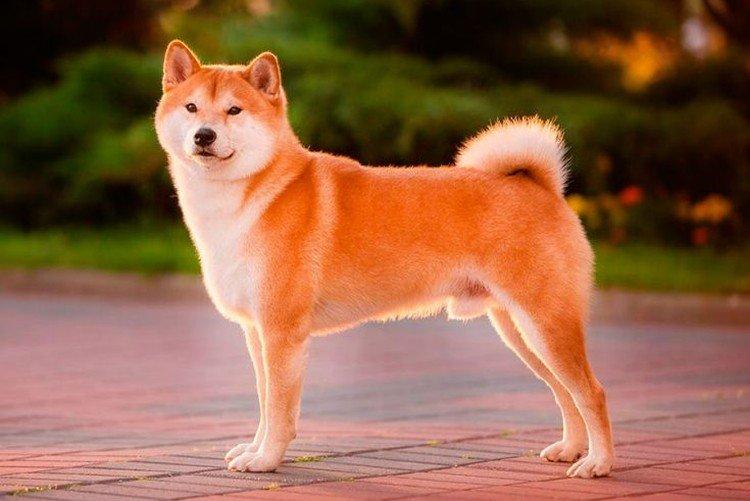
Shiba Inu character
Shiba Inu is distinguished by an amazing devotion. The dog is very calm and patient, but at the same time active and cheerful.
Features and temperament
Shiba Inu are restrained in feelings and emotions, are indifferent to strangers and from the outside can seem aloof. They do not show aggression, but they do not tolerate intrusiveness and need a partnership.
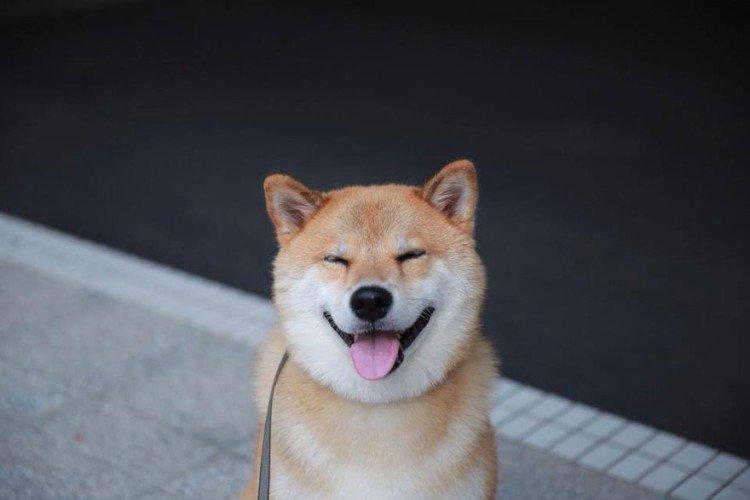
Attitude towards the owner
Shiba treats a person as an equal, not as a commander. She will not carry the ball on command and is generally very willful. But if you make friends with her, it is difficult to find a more faithful friend, ready for anything for the sake of the owner.

Attitude towards children
Shiba Inu is proud, wayward and does not tolerate disrespect, but still she gets along with children more often. In the case of babies, the dog is ready to endure and forgive pranks.
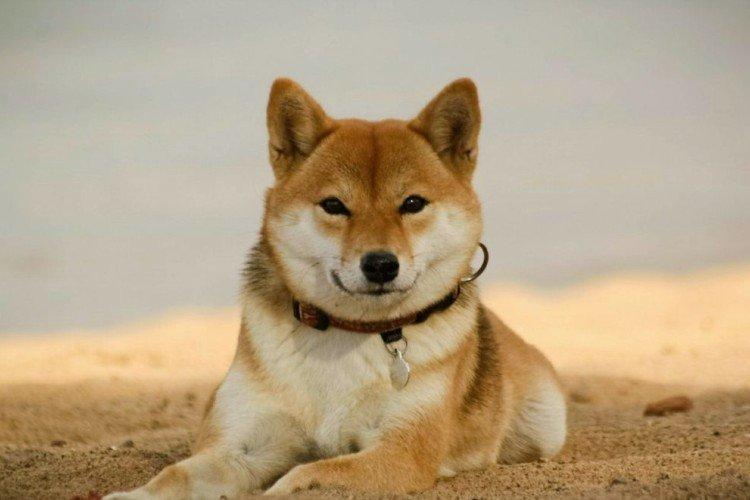
Relationships with other animals
The Shiba Inu breed is not very fond of other animals and tends to dominate. If it is already planned to keep a dog with other pets, then it needs appropriate socialization from the first months.
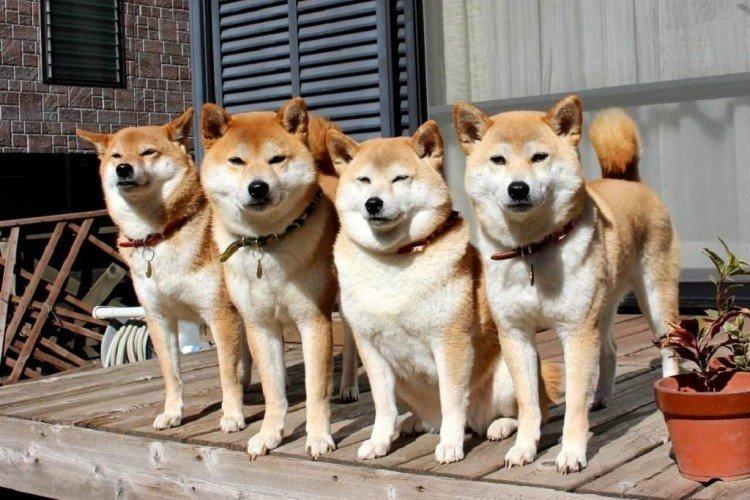
Shiba Inu care
The subtleties of caring for Japanese breeds are very similar. The nuances are determined by the structure of the coat and the wayward character of the pet.
Conditions of detention
Shiba Inu is a city dweller who feels great in an apartment. But even outside the city, an active curious dog will be fine, only it should still live indoors. Not on the street! Keep in mind that the Shiba loves to dig, so you will have to lay a grid from the digs on the site.
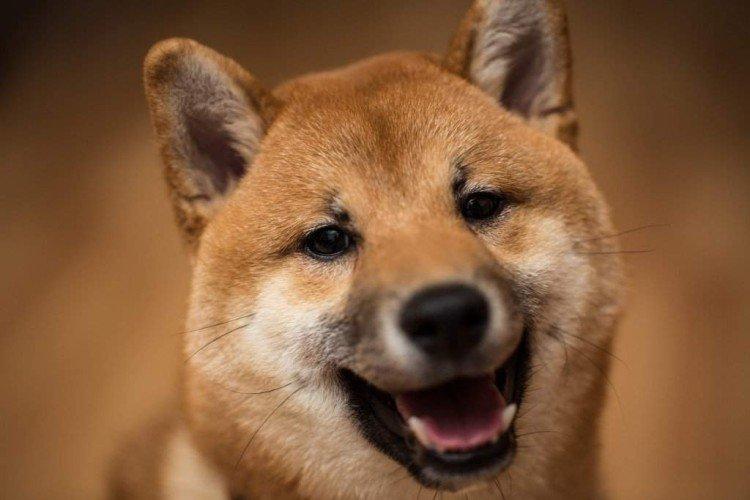
Hygiene
To make the coat beautiful and healthy, bathe your Shiba Inu no more than 2 times a year with hypoallergenic shampoos. It is enough to comb it out once a week or 3-4 times during molting. Better to get separate brushes for wool and thick undercoat.
The teeth are brushed twice a week, and the ears and eyes are brushed once. Shiba is not very fond of such cosmetic manipulations, so you will have to patiently train the puppy from the early months. The nails need to be trimmed as they grow, because when they get too long, they get in the way and the dog chews on them constantly.
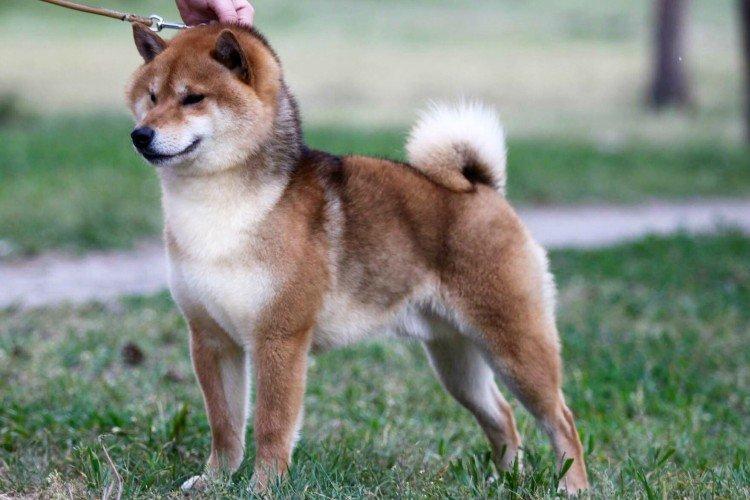
Walking
Shiba Inu needs regular long walks, so it is not suitable for people who constantly do not have time. The dog needs to be walked at least twice a day for an hour, constantly changing places, routes and entertainment. They definitely need physical and mental activity.
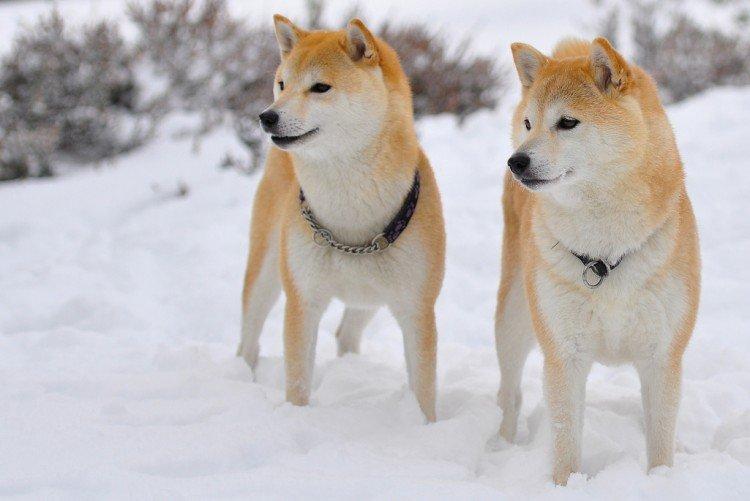
Education and training
Shiba Inu is difficult to train according to the usual pattern. A willful breed with character is unlikely to suit beginners. It will take a lot of patience and the same calmness and stubbornness that are characteristic of the dog itself. Keep in mind that Shiba have highly developed hunting instincts, so that, having spotted prey, even this model of sanity can lose control.
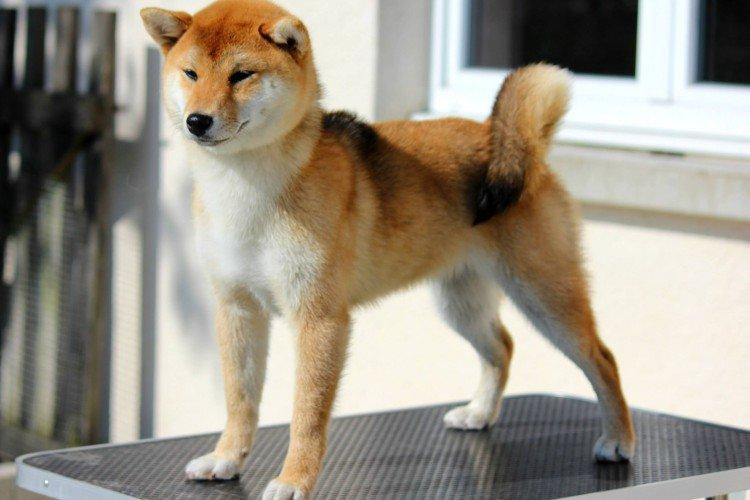
What to feed the Shiba Inu
Shiba Inu needs a diet that is unusual for our latitudes. The basis is fish, rice, lean meat, vegetables and milk. It is useful to add algae and seafood to the diet, and take dry food especially for exotic breeds.
Babies are fed 4-5 times a day, and adult dogs from 8 months - twice. It is better to use special coasters under the bowls so that the Shiba Inu does not have to constantly bend over and spoil his posture. They are selected specifically for the size of the dog.
Shiba Inu should not be overfeeded, because excess weight immediately affects the organs and the spine. Vitamin A supplementation is helpful to prevent eye problems. If your dog lacks physical activity, he may refuse to eat for a while. No need to force - you better add walks.
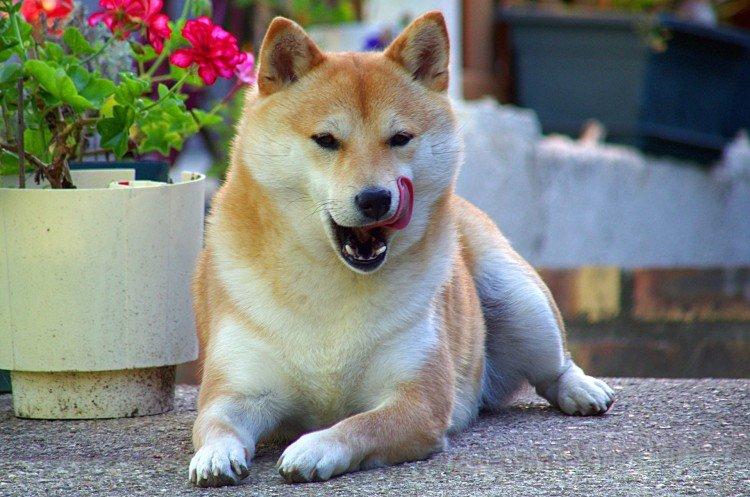
Breed health and disease
Shiba Inu are healthy, hardy and hardly get sick if they are properly fed and walked regularly. Most often they have all kinds of allergies and problems with sensitive digestion. Less commonly, eye diseases, retinal atrophy, cataracts, or volvulus. With excessive physical exertion, joint dysplasia appears.
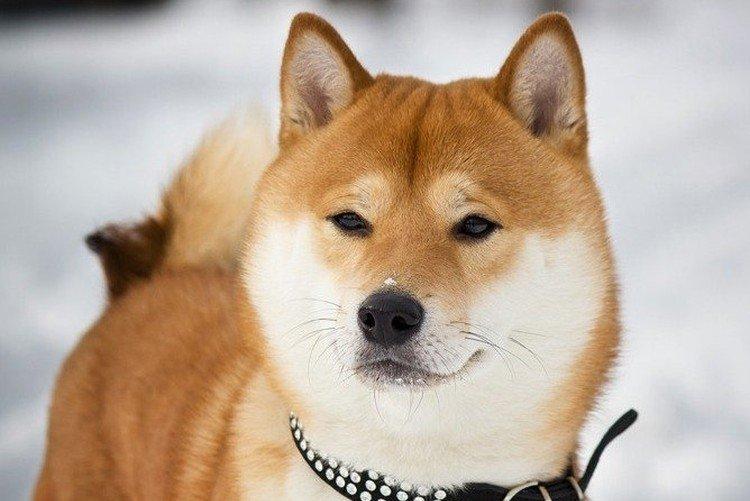
How much does a shiba inu cost
A Shiba Inu puppy with a good pedigree and documents will cost a lot - from 85 thousand rubles. If elite nurseries are not important to you, you can keep within 50 thousand, but even babies without documents will not cost less than 30 thousand.
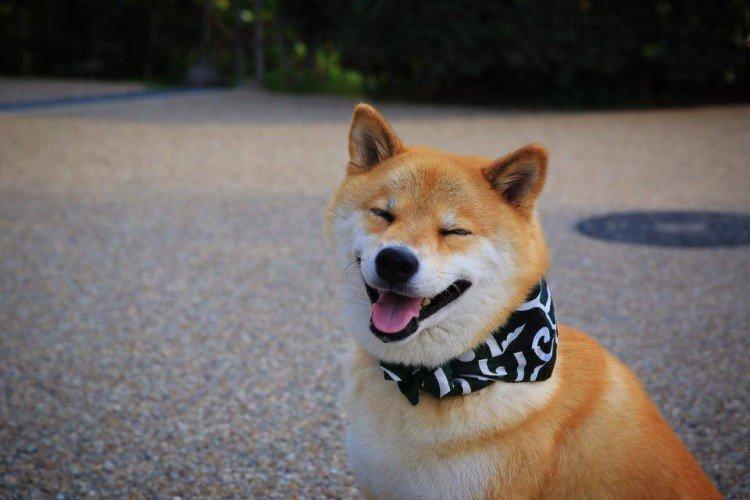
Shiba Inu - photo
It is impossible to remain indifferent looking at the wonderful and fluffy Shiba Inu. So we couldn't!
